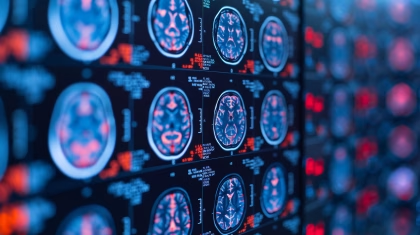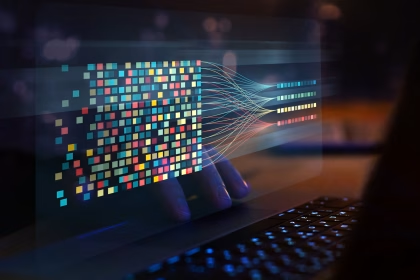Neuroscience research has been steadily increasing over the last years and becoming more dispersed. Applications of Neuroscience are becoming more readily accessible thanks to the use of biosensors to help quantify human behavior and allow a more holistic understanding of consumer decision-making.
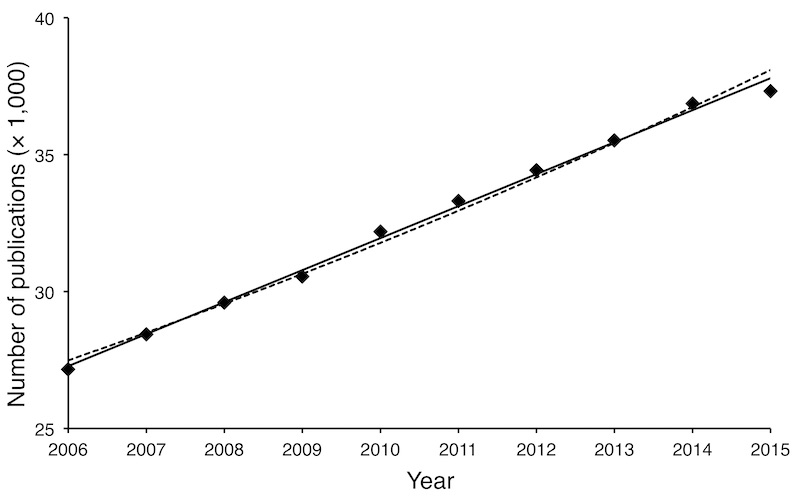
Figure: The Changing Landscape of Neuroscience Research, 2006–2015: A Bibliometric Study (Yeung, A. W. et al)
The implications of research have expanded into different disciplines including food science. Food Quality and Preference (since 1988) has published research papers “aimed at bridging the gap between research and application. Bringing together authors and readers in consumer and market research, sensory science, sensometrics and sensory evaluation, nutrition and food choice, as well as food research, product development, and sensory quality assurance.” This growing field is seeing increases in uses of biosensors for consumer psychology and behavior, including the study of emotions.
We recently had the opportunity to speak with iMotions client and publication author Danni Peng-Li on how music can be used to change behavior. Danni is a double PhD candidate in Cognitive Neuroscience at the University of Chinese Academy of Sciences and in Sensory & Consumer Science at Aarhus University. His current research focus lies in the interdisciplinary field of multisensory perception, reward processing, and food-related decision-making.
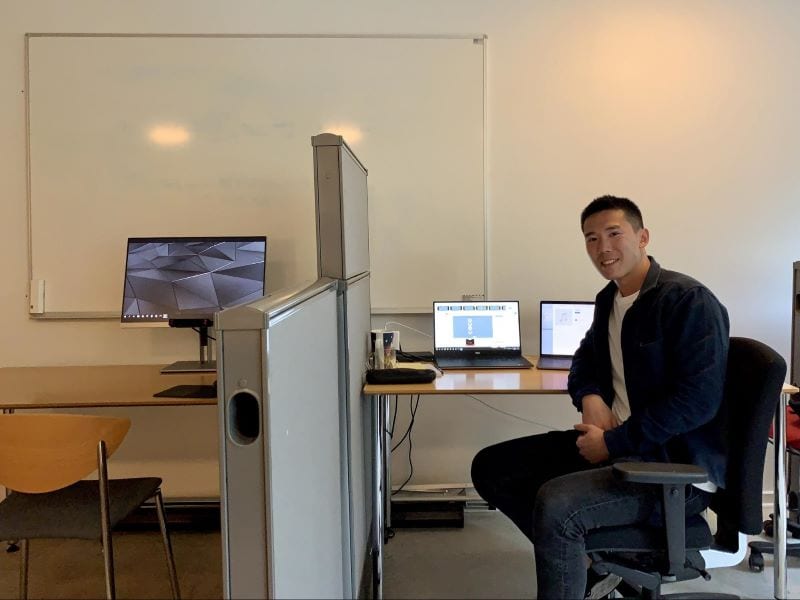
His project SOUNDS HEALTHY – studies the influence of sound on sensory, cognitive, and cultural drivers of healthy food choice. The study aims to help the food industry design, optimize, and promote healthier products that are at the time more attractive to consumers in different market segments.
Researching Cognitive Neuroscience: How did it begin?
My academic journey started in Food Science, originally with the goal of becoming a dairy engineer. Eventually, I got an interest in nutrition and in particular how what we eat can affect our brain and function. Therefore, I went a completely other direction during my Master’s and obtained my degree in Neuroscience and Neuroimaging with a thesis project in food addiction.
In my current PhD project at the Food Quality Perception & Society Science Team, Department of Food Science, Aarhus University, Denmark and the Neuropsychology and Applied Cognitive Neuroscience Laboratory, Institute of Psychology, Chinese Academy of Science, China, I try to bridge these two disciplines together.
The project thus adopts a methodologically holistic and multidisciplinary approach by integrating food science and cognitive neuroscience from a sensory and consumer perspective. Specifically, the overarching project explores the effects of music on sensory and cognitive drivers of food choice in Danish and Chinese consumers.
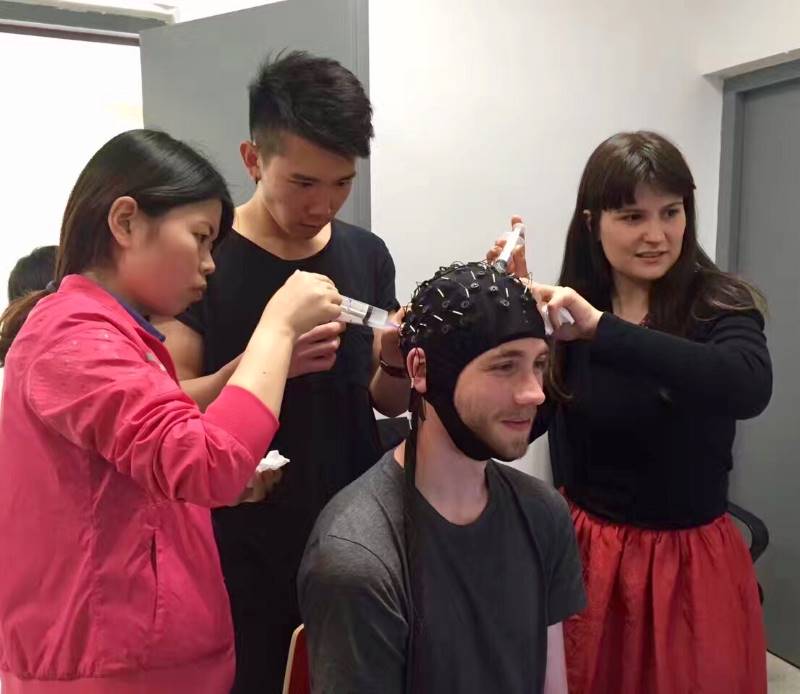
How is Neuroscience applied in your research?
As the methods I am employing in my research are dominated by implicit measures, the neuroimaging modality of functional MRI is a great technique for studying neurovascular substrates of the brain during a food choice. With the high spatial resolution, functional MRI allows one to dig into the deep brain structures responsible for reward processing – an important driver for food choice.
Of course, neuroimaging is not just a magic toolkit that provides all information about the subject we study. However, together with conventional consumer studies and psychological tests, we can obtain a more holistic understanding of the underlying mechanisms of food-related decision making. If designed well, we can even predict the food choice via neural activity in specific brain regions.
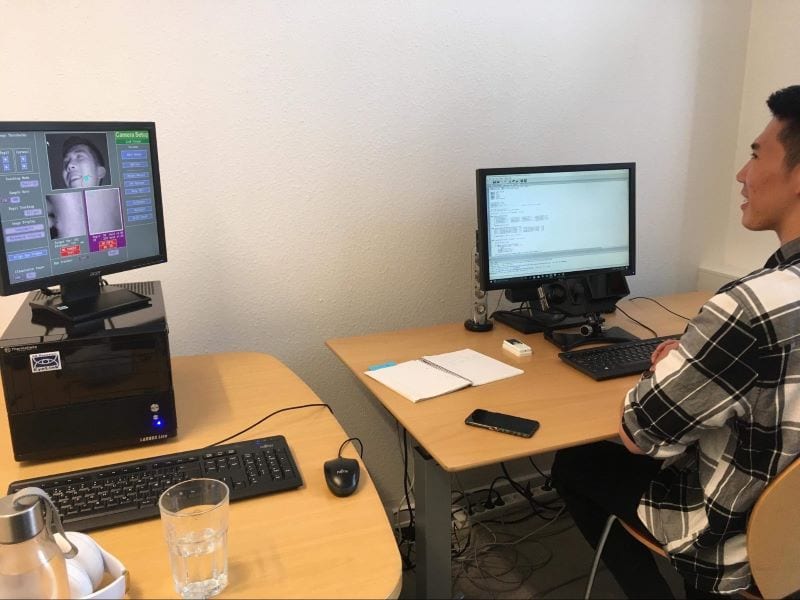
Why use biosensor data and iMotions?
Like neuroimaging, biosensors including eye tracking are a great add-on technology that can give us some valuable insights of the consumers’ behaviors in addition to more traditional methods like self-reported questionnaires. Indeed, those can yield crucial information, but it may be difficult for the consumers to report unbiased answers about their rather “subconscious” visual attention processes on a given point in time. Besides, the hardware is, in comparison to an MR-scanner, much cheaper and more convenient to conduct studies with.
In relation to my own studies incorporating eye tracking, the iMotions platform is also an extremely user-friendly way to design the study as well as collect and analyze the data. Even rather complicated hierarchical designs with multiple sensory stimuli involved, the software allows much flexibility with built-in features and API compatibility. These conveniences have been very helpful for my research which requires synchronized multisensory stimuli of music and images. Thereby, I can easily explore if consumers’ attention towards certain food images is “nudged” by the music played in the background and if this essentially mediates their final food choices.
A summary of your goals and what you hope to achieve?

It is no surprise that my main goal is to complete my PhD degree and absorb all the knowledge I can get from the process. This includes mastering the different biometric and neuroimaging methods I am using, which ultimately make me a better researcher both in academia and in the commercial sector. That said, I am of course very excited about how the results of the project will turn out to be. In particular, I am curious about if we can figure out how and why specifically tailored music can guide the way we look at healthy food, enhance the reward valuation of these foods and consequently make us choose and consume them, while still getting as much pleasure out of it. Likewise, with the cross-cultural focus my project has, I hope to illuminate the cultural differences but also similarities that exist between the “East” and “West,” again in order to provide a more holistic foundation for our interpretation of human behavior in the context of food.
General advice for fellow neuroscientists?
Patience and flexibility is key
I am probably not the first nor the last PhD researcher to say that patience and experimental flexibility is key, and not everything will always go as planned. Having a plan A, B, C, D, etc. is sometimes a necessity.
However, it is of course also important to enjoy the academic journey and appreciate both the hills and valleys along the way. At least for me, the achievements, such as published articles, completed courses, and even positive comments from your supervisors and the peer really can drive my motivation. Specifically, as a PhD student in the field of sensory and consumer neuroscience, where multiple research areas converge, I admit it can be complicated at times to navigate around and keep up to date with all the literature.
At the same time, I believe it is a blessing to be able to conduct experiments with cutting-edge technology that can attract attention from different audiences and also have several layers of implications. Importantly, as mentioned before, these techniques are not just like a black box that magically produces extraordinary results. The studies have to be designed well and the methods have to be chosen very cautiously, so that they can actually generate valuable information in addition to conventional measures.
Check out Danni Peng-Li’s most recent publication: The influence of taste-congruent soundtracks on visual attention and food choice: A cross-cultural eye-tracking study in Chinese and Danish consumers
References:
Yeung, A. W., Goto, T. K., & Leung, W. K. (2017). The Changing Landscape of Neuroscience Research, 2006-2015: A Bibliometric Study. Frontiers in neuroscience, 11, 120. https://doi.org/10.3389/fnins.2017.00120









